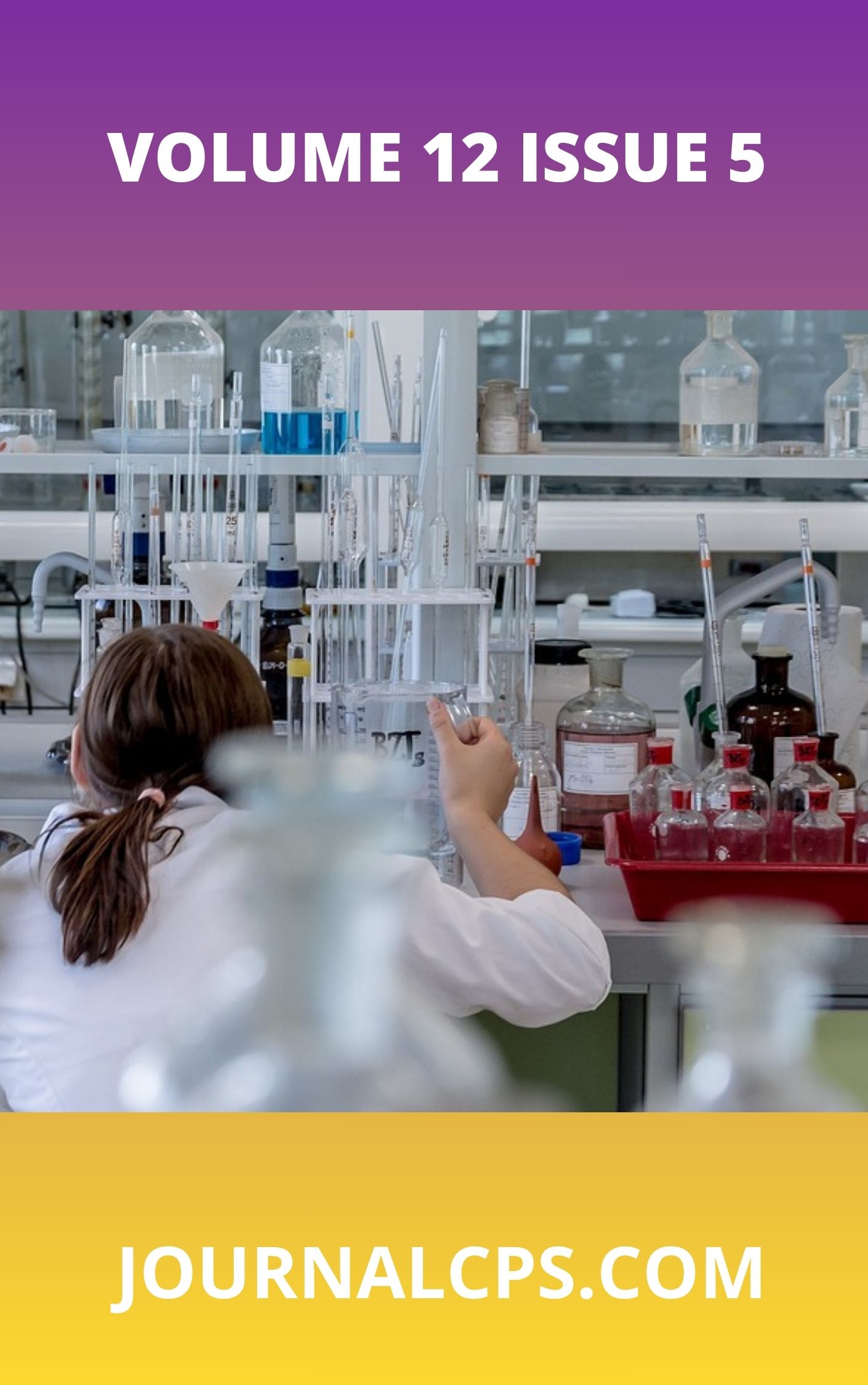A Conceptual Framework for Managing Pandemics: Integrating Disease Models with Public Behavior and Misinformation Control
Keywords:
Pandemic modeling, Public behavior, Misinformation, SEIR model, Dual-spread frameworkAbstract
Pandemic response strategies have traditionally relied on classical epidemiological models such as SIR and SEIR, which primarily focus on the biological transmission of infectious diseases. However, these models often overlook the significant influence of public behavior, trust in science, and the rapid dissemination of misinformation. This paper proposes an integrated conceptual framework that bridges these gaps by combining epidemic modeling with behavioral and informational dynamics in what is termed a "Dual-Spread Model." Through a synthesis of literature, historical examples (COVID-19, H1N1, Ebola), and illustrative diagrams, the study reveals how misinformation, public trust, and community responses can either amplify or suppress disease spread. The framework emphasizes feedback loops between disease outcomes, information flows, and behavioral responses, offering practical insights for policymakers. Key policy recommendations include behavior-informed vaccination campaigns, targeted communication strategies, and coordinated efforts between public health institutions and information platforms. This interdisciplinary approach provides a more robust and adaptive tool for future pandemic preparedness and response.
Similar Articles
- Chidumebi Uzoho, The Public Health Impact of Airborne Particulate Matter: Risks, Mechanisms, and Mitigation Strategies , Communication In Physical Sciences: Vol. 12 No. 2 (2025): VOLUME 12 ISSUE 2
- Uzoma Nwokoma Esomchi, Performance of Generated Models with Statistical Tools for Estimation of Solar Radiation in Umudike, Abia State, Nigeria , Communication In Physical Sciences: Vol. 12 No. 3 (2025): VOLUME 12 ISSUE 3
- Oladimeji Enock Oluwole, Umeh Emmanuel Chukwuebuka, Idundun Victory Toritseju, Koffa Durojaiye Jude, Obaje Vivian Onechojo, Uzer John Mkohol, Etim Emmanuel Edet, The Efficiency of a Quantum Brayton Engine Using Wood-Saxon Potential , Communication In Physical Sciences: Vol. 11 No. 3 (2024): VOLUME 11 ISSUE 3
- G. C. E. Mbah, A Mathematical Model of Fluid Dynamics in the Ear due to External Noise , Communication In Physical Sciences: Vol. 1 No. 1 (2010): VOLUME 1 ISSUE 1
- Nsikan Ime Obot, Okwisilieze Uwadoka, Oluwasegun Israel Ayayi, Modelling Nonseasonal Daily Clearness Index for Solar Energy Estimation in Ilorin, Nigeria Using Support Vector Regression , Communication In Physical Sciences: Vol. 11 No. 2 (2024): VOLUME 11 ISSUE 2
- Agada Livinus Emeka, Health Effects of Tropospheric Ozone in Maiduguri Metropolis, Nigeria , Communication In Physical Sciences: Vol. 8 No. 3 (2022): VOLUME 8 ISSUE 3
- Idegwu Abel Daniel, Milam Charles, Usaku Reuben, John Stanley, Joseph Christiana, Spectroscopic Analysis of Some Air Pollutants in Yola North LGA, Adamawa State, Nigeria , Communication In Physical Sciences: Vol. 12 No. 6 (2025): Volume 12 ISSUE 6
- Onyinyechi Uloma Akoh , Henry Nnanyere Nwigw, Stella Mbanyeaku Ufearoh , Evaluation of Acute Toxicity and Antidiarrheal Activity of Hunteria umbellata Mesocarp Extract: Preclinical Study , Communication In Physical Sciences: Vol. 11 No. 2 (2024): VOLUME 11 ISSUE 2
- Promise. A. Azor, Amadi Ugwulo Chinyere, Mathematical Modelling of an Investor’s Wealth with Different Stochastic Volatility Models , Communication In Physical Sciences: Vol. 11 No. 2 (2024): VOLUME 11 ISSUE 2
- Helen O. Chukwuemeka-okorie, Ifeanyi Otukere, Kovo Akpomie, Isotherm, Kinetic and thermodynamic investigation on the biosorptive removal of Pb (II) ion from solution onto biochar prepared from breadfruit seed hull , Communication In Physical Sciences: Vol. 12 No. 3 (2025): VOLUME 12 ISSUE 3
You may also start an advanced similarity search for this article.




